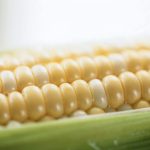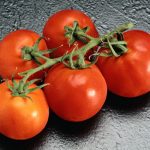
It’s long been known that sugary drinks help people pack on unwanted pounds. But new research suggests that sweetened sodas, sports drinks and even 100% fruit juice might raise your risk for some cancers. The study couldn’t prove cause and effect, but it found that drinking as little as 3 to 4 ounces of sugary drinks each day was tied to an 18% rise in overall risk for cancer. Among women, a similar consumption level was tied to a 22% rise in breast cancer risk, the French research team found. A spokesperson for the American Cancer Society (ACS) said the findings should give consumers pause, because obesity is a known risk factor for cancer. “A lot of the research on sugar-sweetened drinks and cancer has been tied to obesity,” noted Colleen Doyle, managing director of nutrition and physical activity at the ACS. “Across the board, it’s a good idea to reduce any sugar-sweetened beverage,” she advised. The new study was led by Mathilde Touvier, research director of nutritional epidemiology at the University of Paris. Her team collected data on more than 100,000 French men and women, average age 42, who took part in a national study. The participants answered questions about how much of 3,300 different foods and beverages they consumed each day, and were followed for up to nine years (from 2009 to 2018).… read on >


























-300x200.jpg)







-300x169.jpg)
